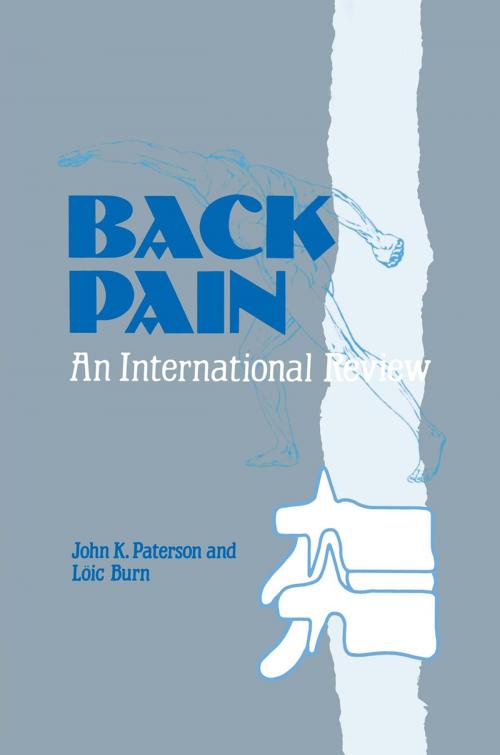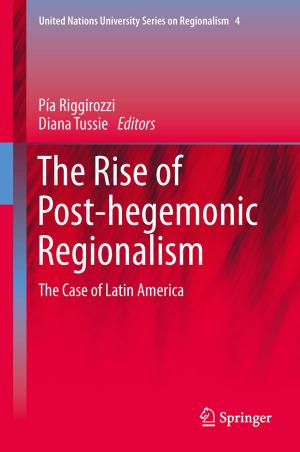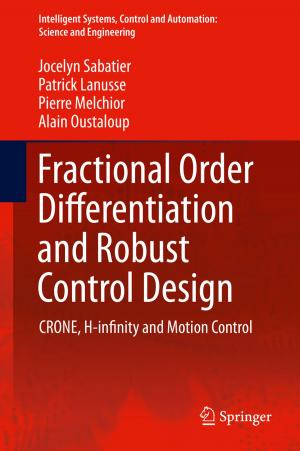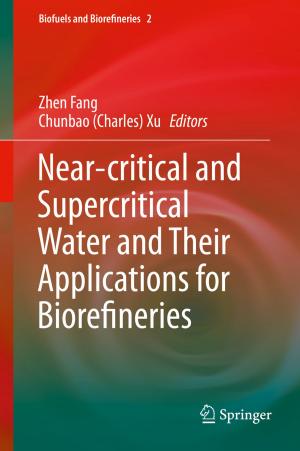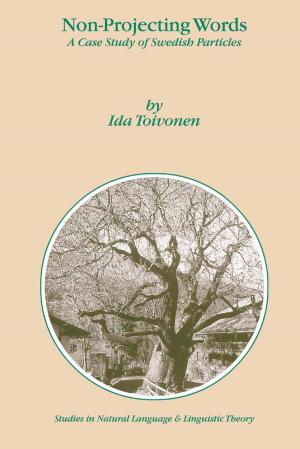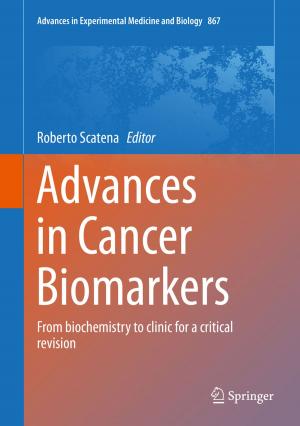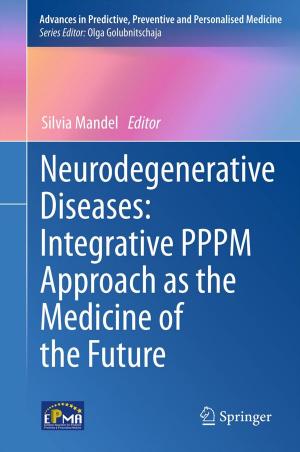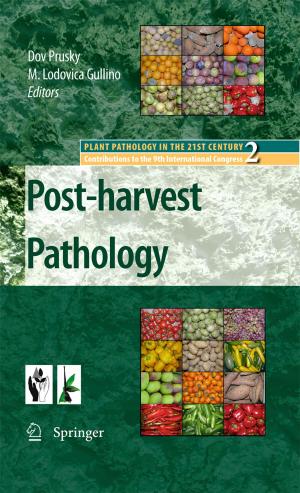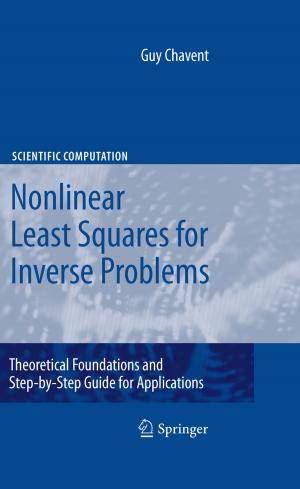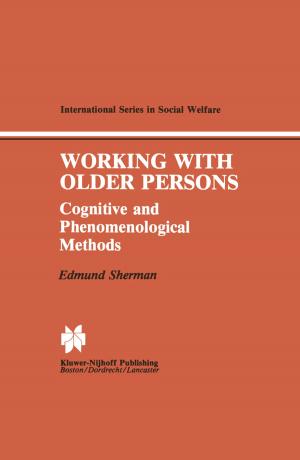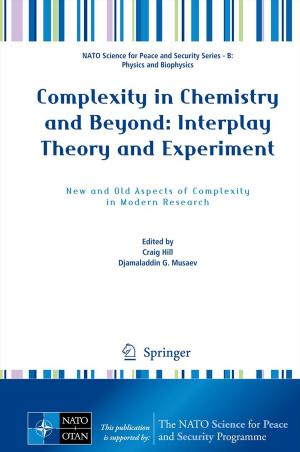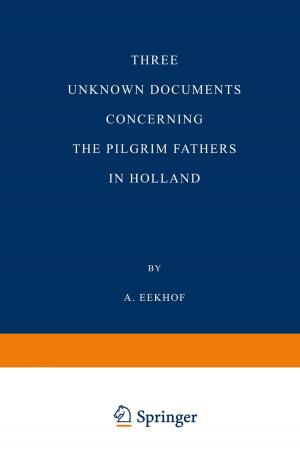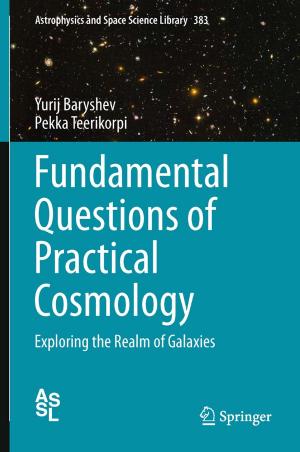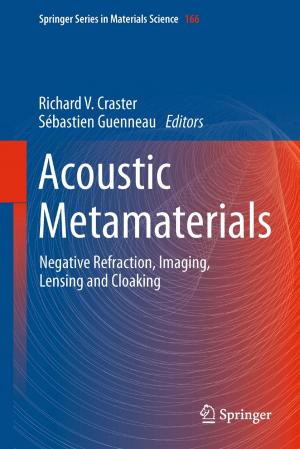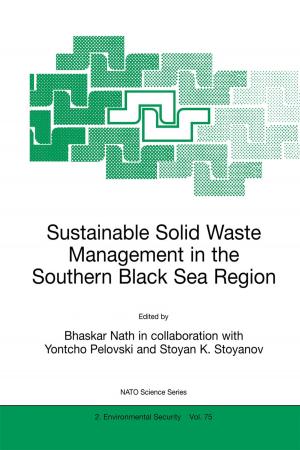Back Pain
An International Review
Nonfiction, Health & Well Being, Medical, Specialties, Rheumatology, Internal Medicine, General| Author: | J.K. Paterson, L. Burn | ISBN: | 9789400921658 |
| Publisher: | Springer Netherlands | Publication: | December 6, 2012 |
| Imprint: | Springer | Language: | English |
| Author: | J.K. Paterson, L. Burn |
| ISBN: | 9789400921658 |
| Publisher: | Springer Netherlands |
| Publication: | December 6, 2012 |
| Imprint: | Springer |
| Language: | English |
As we stated in our message in the book of abstracts for this congress, we have planned the programme over a long period with one clear objective: to present musculoskeletal medicine as an integral part of orthodox medical practice, rather than as something alternative or complementary. To this end we have based the plenary programme as far as possible on accepted epidemiological, anatomical, physiological and pathological phenomena. Scientifically well-validated material must surely be the base upon which any viable musculoskeletal medicine practice may be built. While we have chosen the plenary programme to reflect musculoskeletal medicine as a part of orthodoxy, we realize and wish to emphasize that there is a wealth of original work that has been carried out within FIMM. For this reason our first innovation for the congress was to invite members of the scientific advisory committee to select for a 'directed' programme the three topics they felt were of greatest current importance. The results of this democratic procedure was the choice of the sacroiliac joint, a comparison of manual therapies and biomechanics. This illustrates the broad direction of present thinking within FIMM.
As we stated in our message in the book of abstracts for this congress, we have planned the programme over a long period with one clear objective: to present musculoskeletal medicine as an integral part of orthodox medical practice, rather than as something alternative or complementary. To this end we have based the plenary programme as far as possible on accepted epidemiological, anatomical, physiological and pathological phenomena. Scientifically well-validated material must surely be the base upon which any viable musculoskeletal medicine practice may be built. While we have chosen the plenary programme to reflect musculoskeletal medicine as a part of orthodoxy, we realize and wish to emphasize that there is a wealth of original work that has been carried out within FIMM. For this reason our first innovation for the congress was to invite members of the scientific advisory committee to select for a 'directed' programme the three topics they felt were of greatest current importance. The results of this democratic procedure was the choice of the sacroiliac joint, a comparison of manual therapies and biomechanics. This illustrates the broad direction of present thinking within FIMM.
